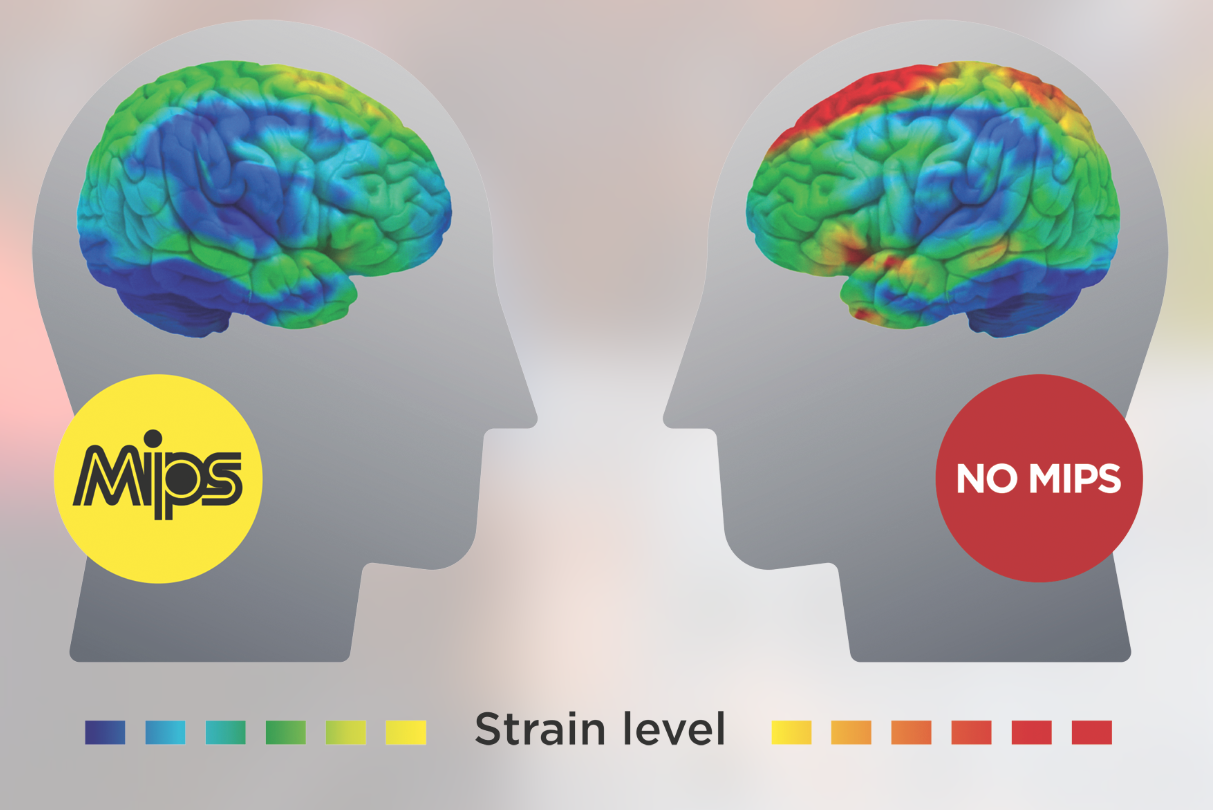Does MIPS really work? It’s a question that’s been asked many times before, but deciding what extra protection that famous yellow slip plane really affords your head has been tough to quantify.
Now though, MIPS reckons it’s cracked it, if you’ll pardon the pun. The Swedish brand has access to a far more detailed modelling system of a human head on which to test its lids, and crucially it’s a computer model that’s been developed independently, by Professor Svein Kleiven at Sweden’s Royal Institute of Technology (KTH).
Read more: Best mountain bike helmets 2020 – open-face or half-shell

Called Finite Element Modeling, the construction and automotive industries have been using this kind of testing for years, but it’s completely new to the helmet field. It’s pretty techie, but the effectiveness of a helmet had always been based on the acceleration an impact causes to the head. Now with more data through the FEM, we can actually predict the stresses on the brain those accelerations would cause. It’s a bit like taking it one step further, so rather than just assuming what would happen, we can measure it.
That’s great for MIPS, but what does it mean for real-world riding? It’s great for the helmet brands as it helps them design safer products. They should become cheaper too because it’ll be easier and quicker to figure out which design works best. And all that boils down to fewer head injuries for us when we do come a cropper… touch wood.




